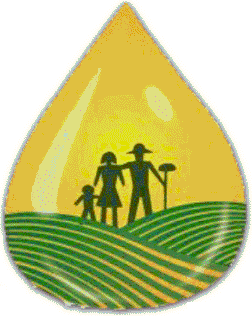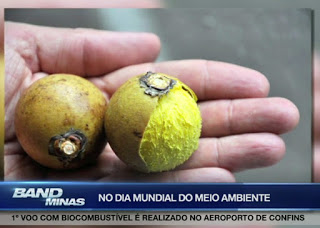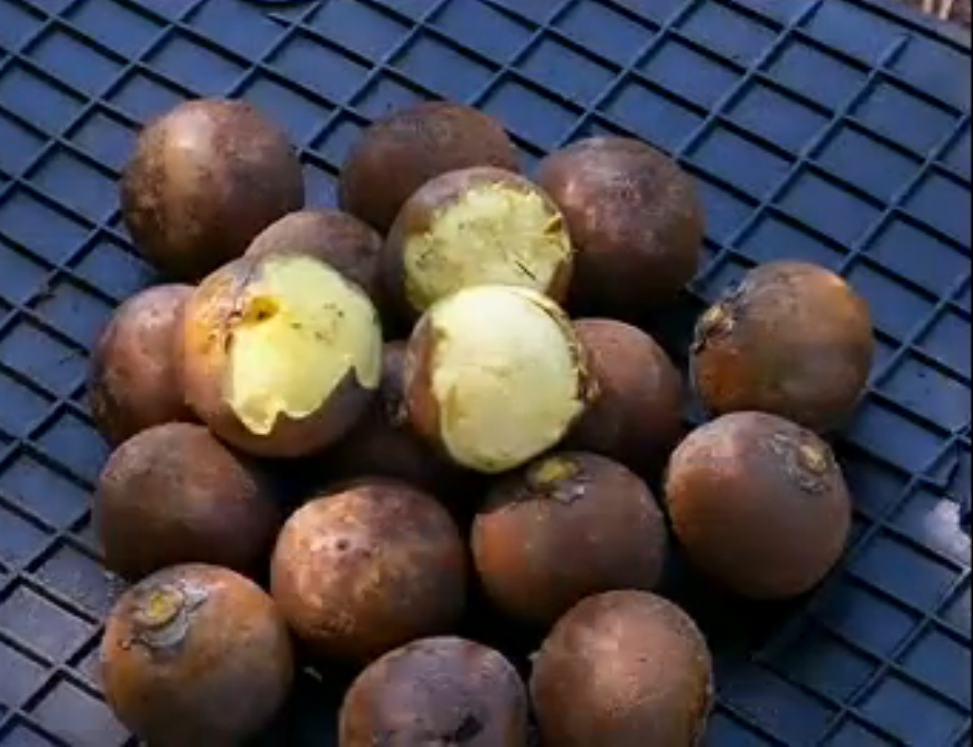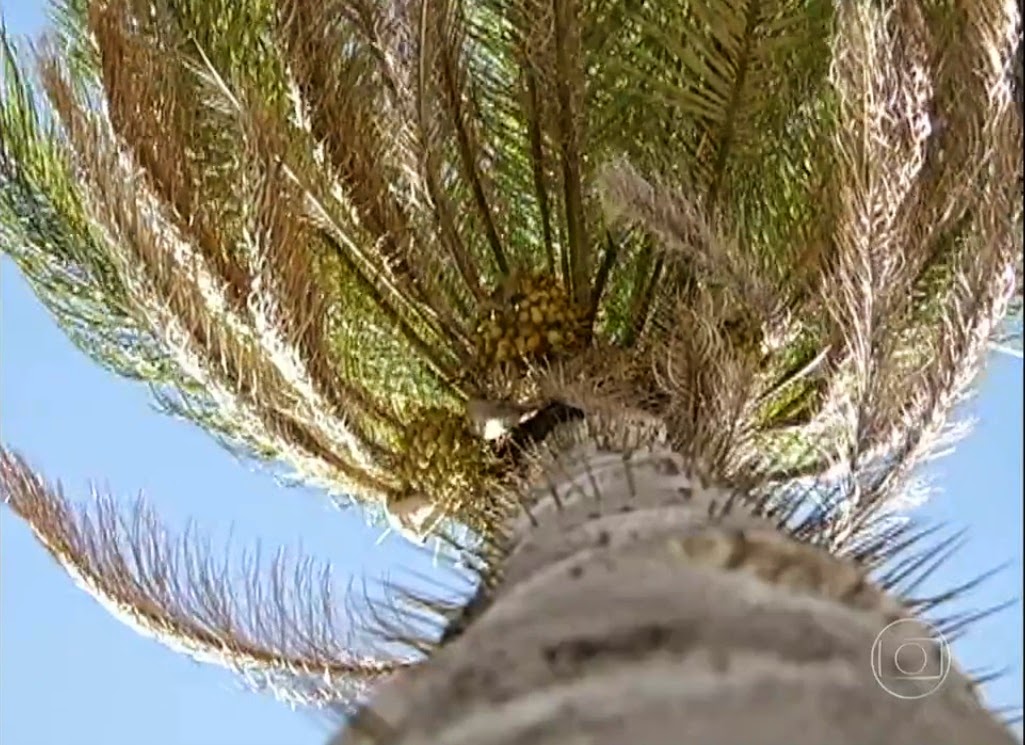Initiatives monitor amazon to mobilize forest conservation
quarta-feira, julho 27, 2022
The Legal Amazon, in 2022, recorded the highest rate of deforestation in the first half of the year, when compared to the last seven years. According to the National Institute of Space Research (Inpe), between January and June, the region lost almost 4,000 square kilometers of vegetation.
It is by alarming numbers like this that private initiatives are emerging in favor of monitoring and protecting forests.The use of satellite images to monitor in real time the presence of trees in the Amazon has been an indispensable tool to show Brazil and the world the dynamics of land use change in the biome.
Through the PlenaMata platform, it was possible to observe that, over 11 months of 2021, 17 trees per second were felled in the Legal Amazon. The tool features a counter of felled trees per minute and deforested acres, from daily updated information.
As a result of the partnership between Natura, Mapbiomas, InfoAmazonia and Hacklab, there is the possibility of generating maps and interactive graphics, including territorial clippings. "The goal is to draw attention to the urgency of the theme and mobilize society around forest conservation and regeneration initiatives," according to Natura's press office.
The company brCarbon has invested in the use of a drone with lidar sensor (Light Detection and Ranging) to map forests in 3D. With this, it is possible to perform tree counting, georeferencing, indirect measurement of height and diameter of canopy, in addition to tree mortality.
According to forest engineer Renan Kamimura, technical director of brCarbon, a single flyover with the drone maps between 80 and 100 hectares. With the traditional method through the field team, the average yield is one hectare per day.
"The main function of using our drone is to quantify the carbon stored in the forests in our projects. It is also another perspective of observing and knowing the forest, seen from above, from above. Seeing the forest in a three-dimensional way, this is the great innovation, measuring the height of trees and forests more accurately," kamimura points out.
Still in the test phase, aerial mapping has already been carried out on 1,500 hectares in the Amazon and 500 hectares in the Caatinga, in order to provide accuracy for measurement, reporting and verification of forest carbon stocks.





















0 comentários
Agradecemos seu comentário! Volte sempre :)